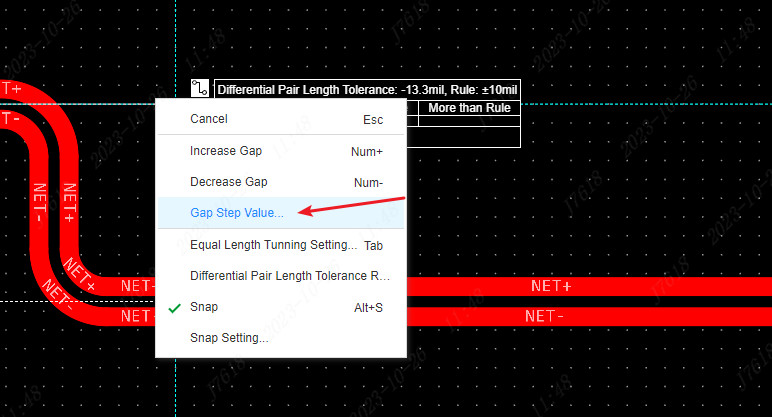Differential Pair Equal Length Tuning
Differential Pair Equal Length Tuning has important application value in high -speed signal design. It is to ensure the two signals in the differential pavage.performance.The specific principle of differential equivalence is to adjust the two network lengths of the differential signal together to make the internal error of the differential signal unchanged. At the same time, the overall adjustment of the length of the difference with other signals to achieve the purpose of multiple sets of signals.
Tips:-On Menu - Route - Differential Pair Equal Length Tuning
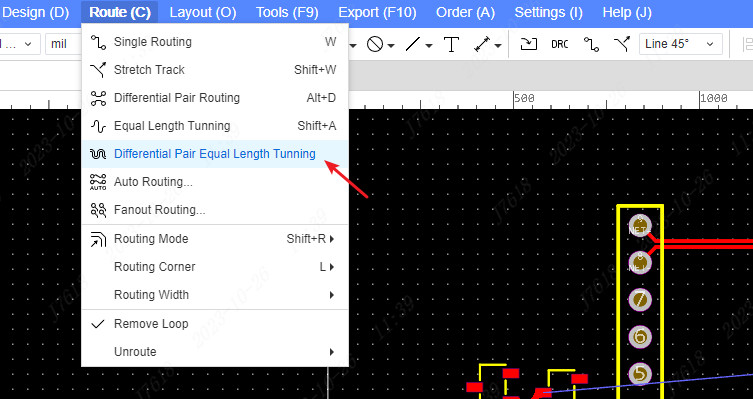
Equal length tuning setting
After activating the differential pair equal length tuning, the mouse becomes a cross cursor, waiting for the starting point of the selection of the difference between the difference
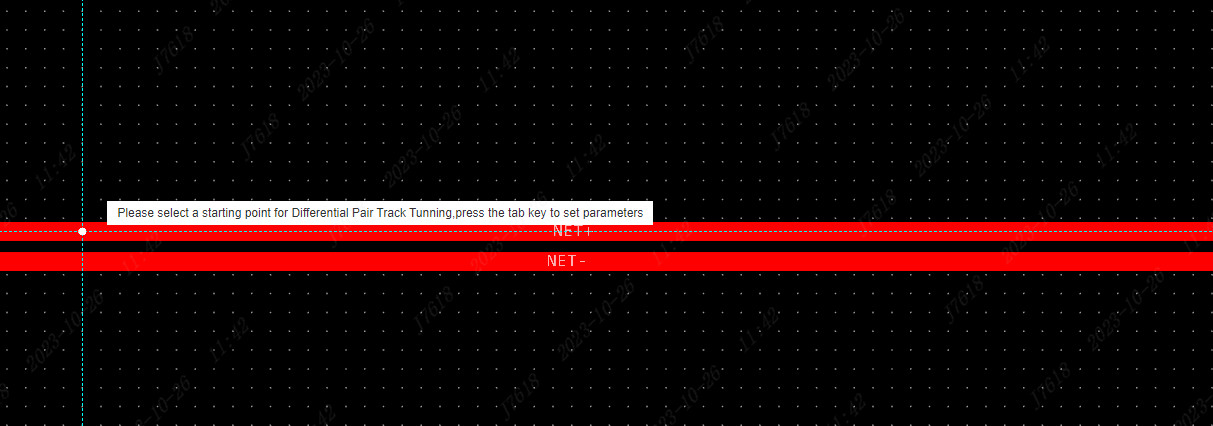
Click TAB or you can adjust the long adjustment attribute box with the long adjustment settings through the right -click menu.
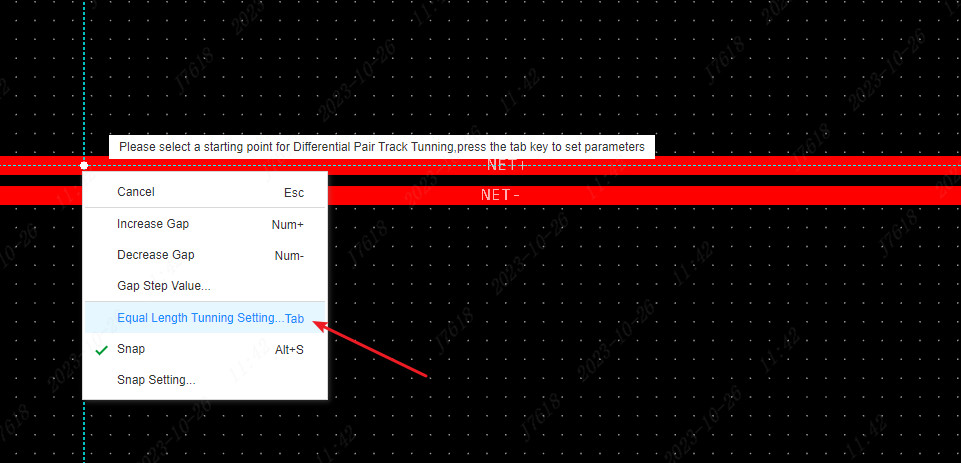
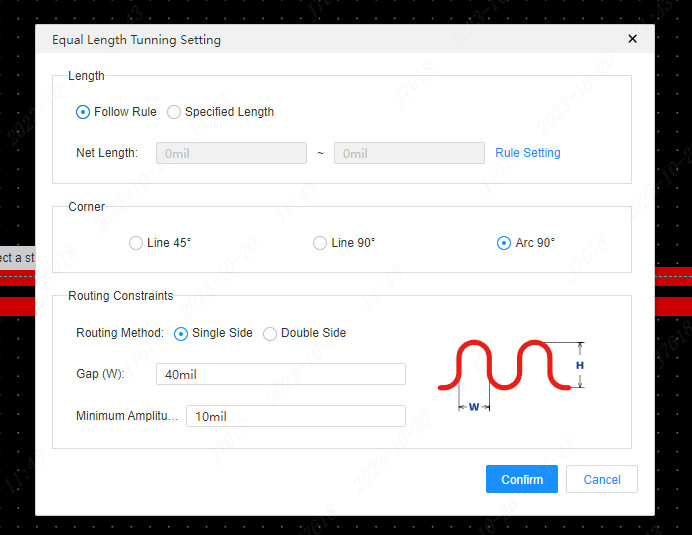
** Tips **: Increase the length input box to quickly calculate the required values by entering four operations expressions.For example, enter 5+2 Enter, it will automatically calculate 7.
corner
- ** Line 45 degrees **: Set the angle of the differential long winding of the differential pair is 45 °
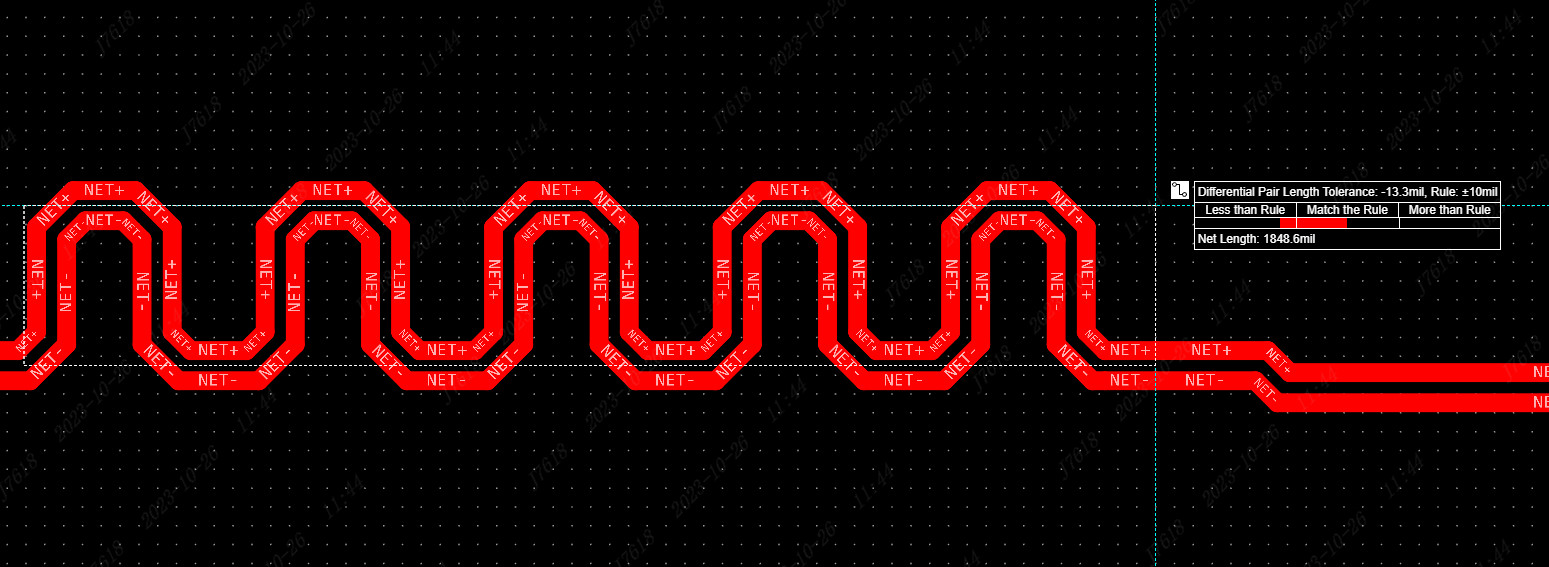
- Line 90 degrees:
Set the corner of the differential long winding of the differential long winding, the angle is 90 °
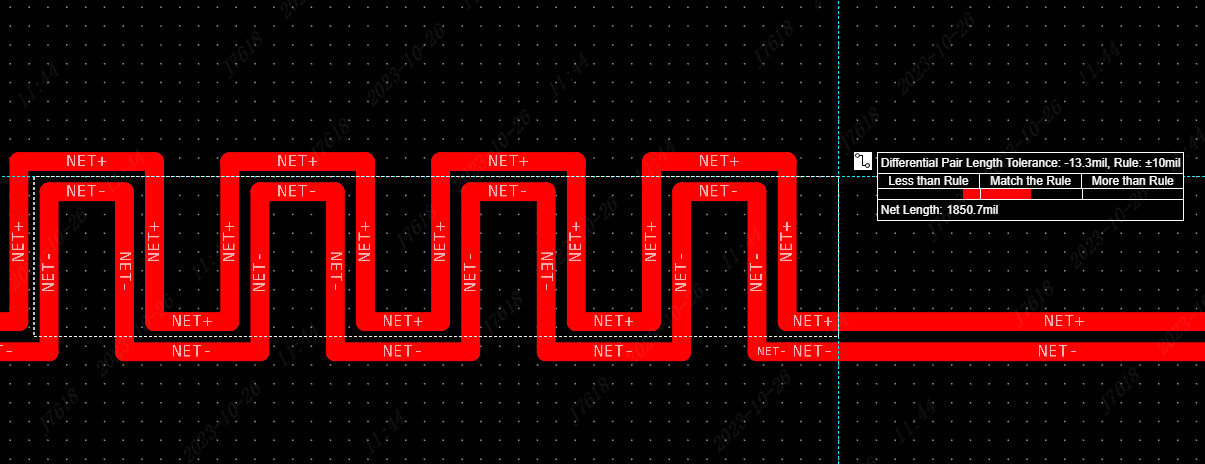
- Arc 90 degrees: The most commonly used long adjustment settings. This angle settings are also called snake -shaped equal lengths.
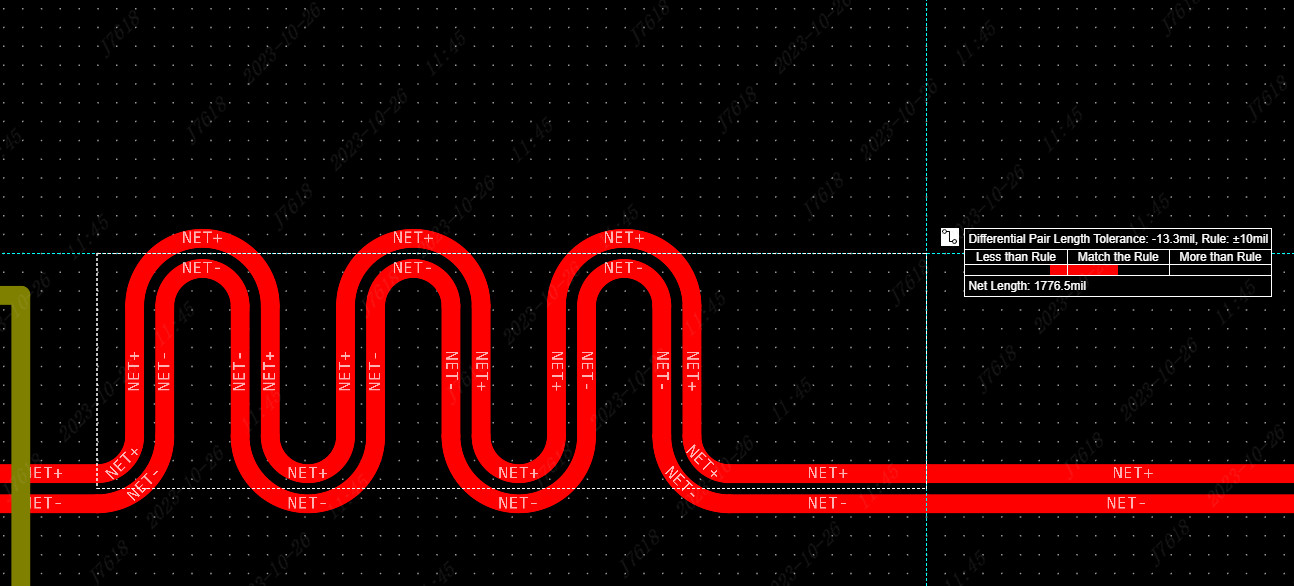
Route constraint
- Routine method: When the unilateral routing is waiting, it will only be equivalent in one direction.Both sides are equal adjustment on both sides of the lines.
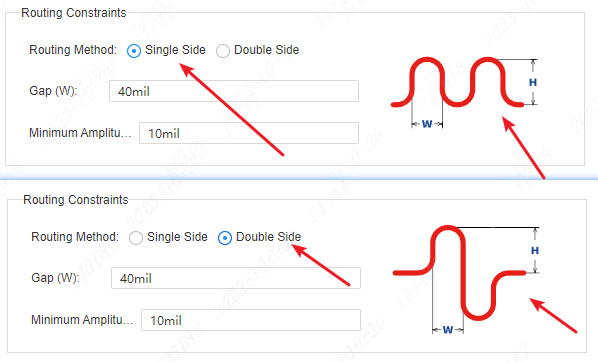
Spacing (W): Wide -to -width settings between long adjustment.
minimum amplitude (H): The amplitude settings of the long wiring can also be said to be a high degree of settings.
Tips:When the equal adjustment is performed, you can fine-tune the spacing through the shortcut key Num+, Num- , and the gap step can be adjusted by right-click the menu.
